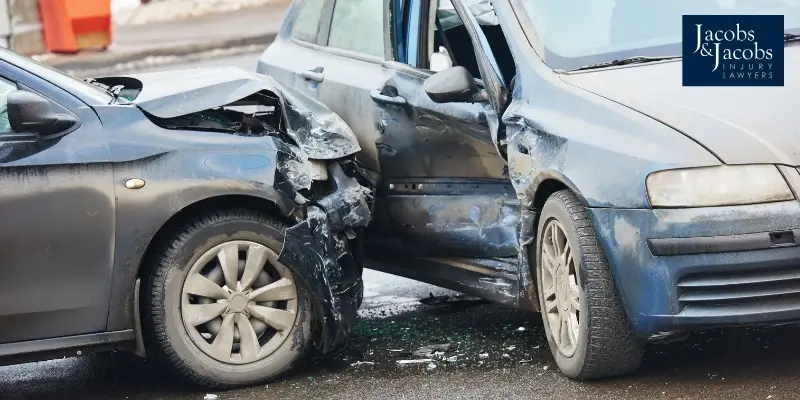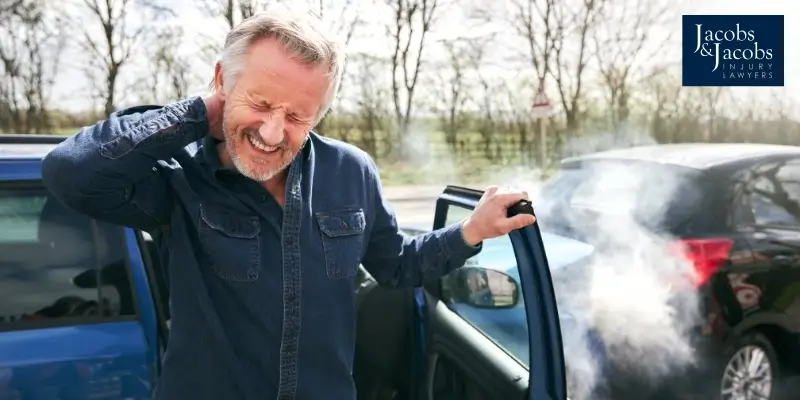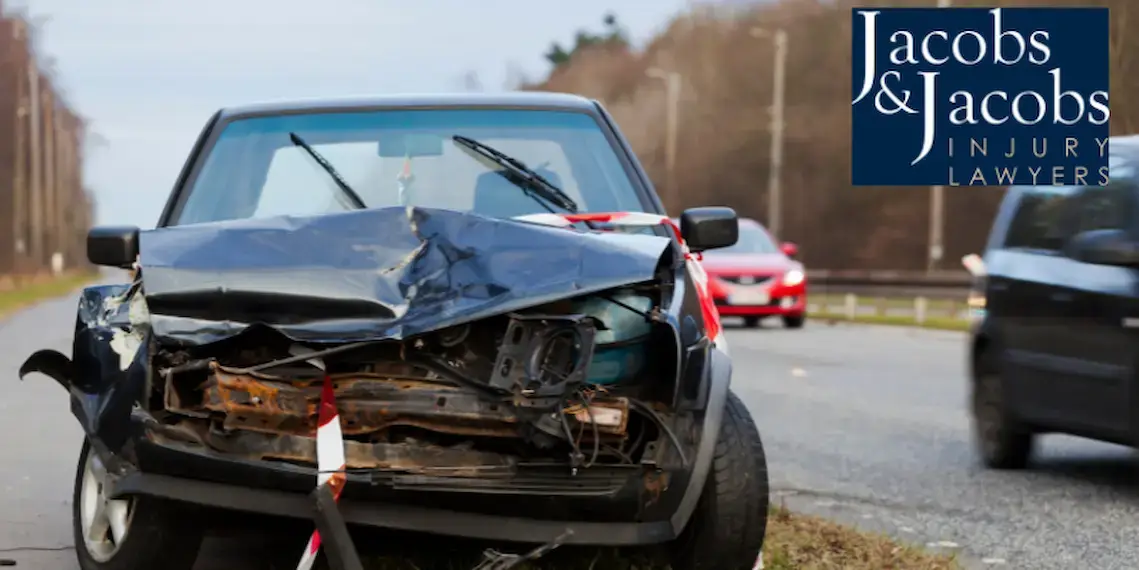
Motor vehicle collisions are unfortunately common in Connecticut and throughout the country. It can be helpful to understand Milford car accident statistics, why these incidents commonly occur, and the injuries they can cause. If you or a loved one has been harmed in a car accident that was the fault of the other driver, you can seek compensation by hiring a capable personal injury lawyer in Miford.
For years, the “Brass City” made its name as a trailblazing dynamo in the brass industry. Now, Waterbury, Connecticut, showcases amazing historical architecture and cultural hubs that make it truly a one-of-a-kind city. With that said, if you live in Waterbury, you have probably noticed that traffic feels more clustered and busier than usual.

Car accidents happen all the time in every corner of the world. Some of the more congested or populated areas experience a higher number of car accidents due to the larger population and increased city traffic. Connecticut is not without its more heavily trafficked areas, particularly around major cities like Hartford, New Haven, and Bridgeport, just to name a few.

Car accidents are a significant public safety concern in Connecticut, with thousands of drivers, passengers, bicyclists, and pedestrians affected every year. From congested highways like I-95 and I-84 to neighborhood city streets, crashes can occur at any time. Understanding current Connecticut car accident statistics is more than just about numbers; it’s about recognizing trends, identifying risks, and emphasizing the importance of safe driving.

Getting into a car accident can be overwhelming and disorienting, especially if you’re injured on a busy road like I-91 or CT-10. Understanding what to do after getting injured in a car accident in Connecticut is important for protecting your rights and well-being. Explore the critical steps you need to consider if you find yourself in a scary situation.

New Haven is one of the largest cities in the state of Connecticut. It is also close to some notoriously difficult highways, such as I-95 and I-91. Highway access means more drivers, which means more traffic. When there is more traffic on the road, there is a higher likelihood of car accidents occurring in and around the city.
It is common for automobile accident victims to assume they are okay if they do not immediately notice the signs of an injury. However, many common car accident injuries do not show signs or symptoms right away. It is critical to seek medical attention straightaway after an automobile accident in Connecticut, even if you initially feel fine.
A spinal cord injury describes any damage to the bones (vertebrae), soft tissues, disks, or nerves that send and receive signals from the brain, all of which are located in the spine. Spinal cord injuries can have significant effects on victims. Serious trauma to the spine could result in permanent nerve damage that interferes with the ability to walk, move and feel sensations.
Rear-end car accidents are one of the most common types of motor vehicle collisions in Connecticut. While it is true that the driver who collides into the back of another vehicle is at fault most of the time, this is not always or automatically the case. When a rear-end car accident takes place, an investigation will be conducted to determine fault and financial responsibility.
Every year, thousands of people end up in emergency rooms with serious injuries from automobile accidents. Connecticut drivers, bicyclists and pedestrians are put in danger due to hazards such as distracted and careless drivers. In wintertime, however, the roads can become even more dangerous due to adverse weather conditions.
Contrary to popular belief, statistics show that there are fewer fatal car accidents in the wintertime than in summer in the U.S.